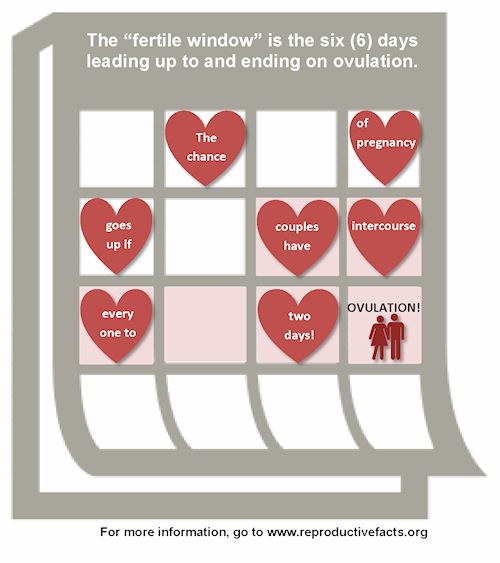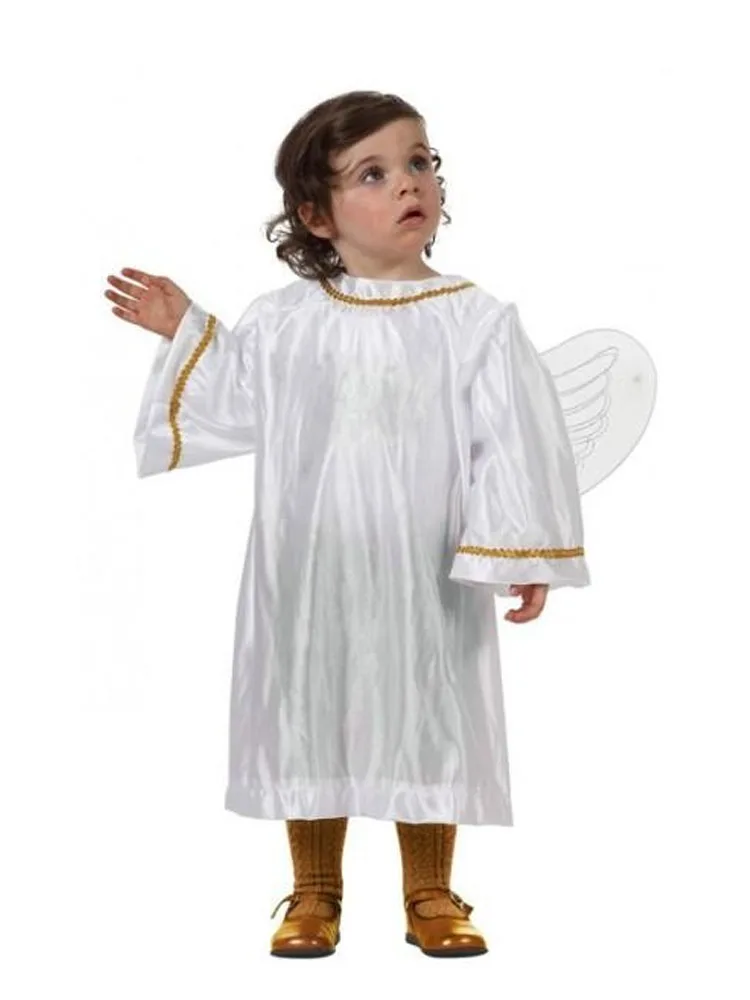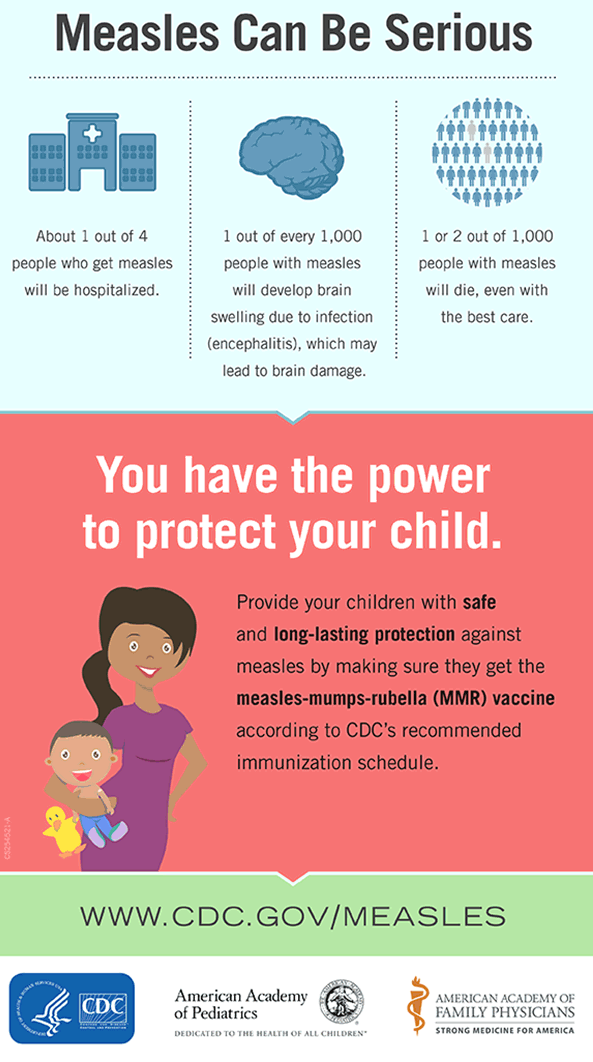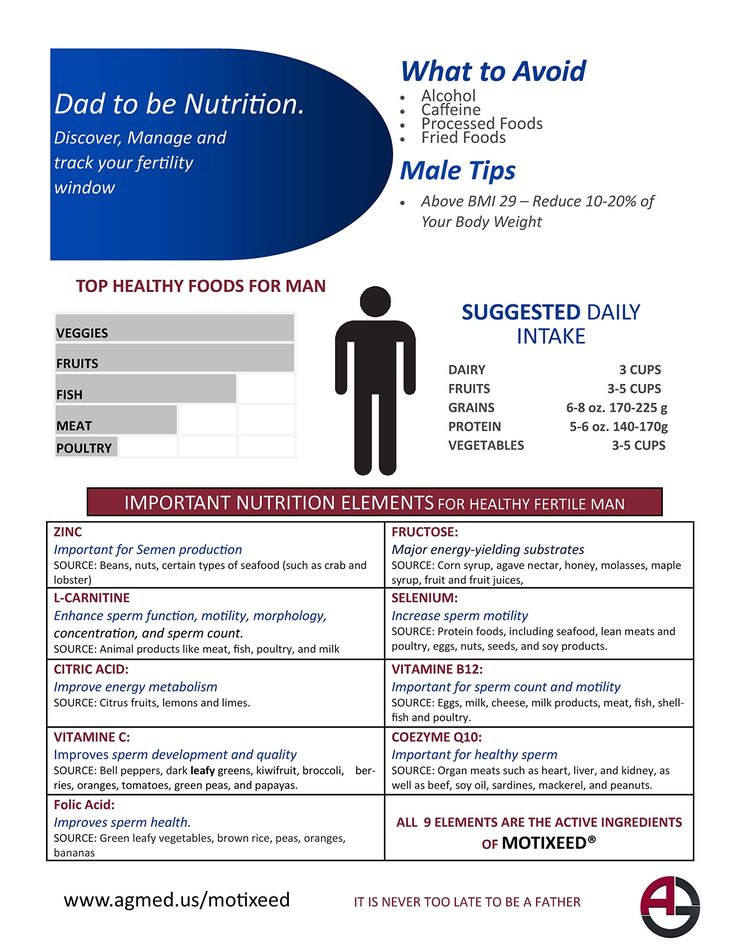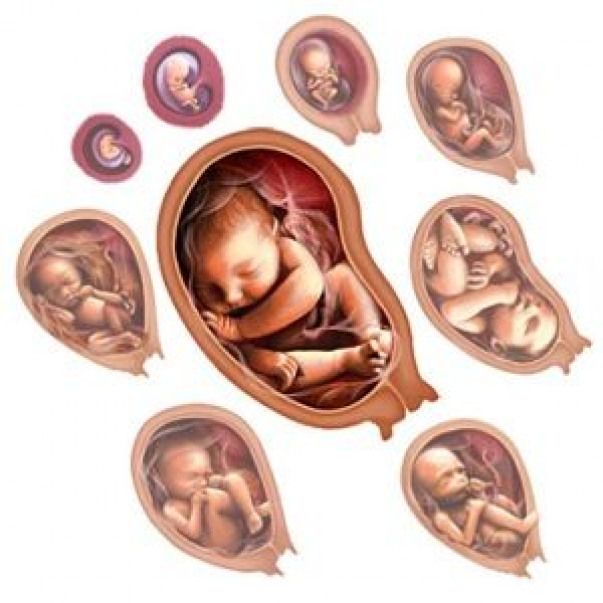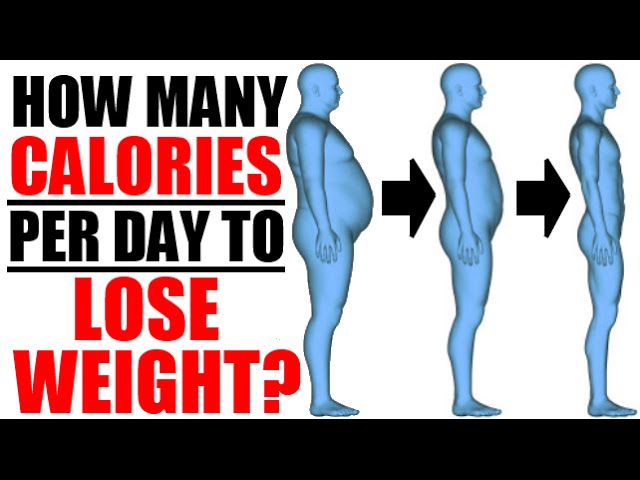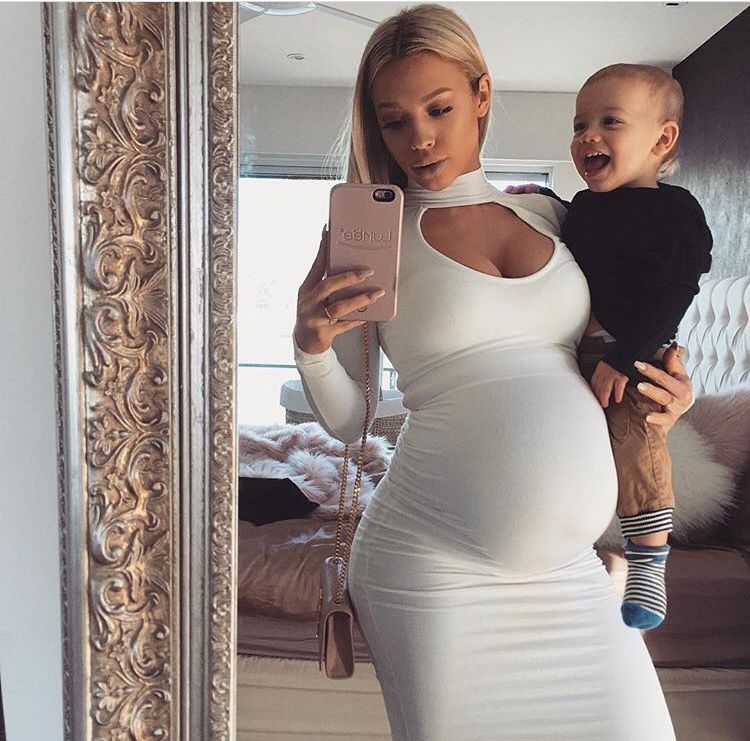Ovulation and fertile window
Calculating Your Monthly Fertility Window
Your fertility window is the time during your menstrual cycle when you’re most likely to get pregnant. For most people, it’s the five days leading up to ovulation, the day of ovulation and the day after ovulation. Calculating your monthly fertility window can help you target the optimal time to have sex if you’re trying to conceive. However, natural family planning is a less reliable form of contraception and does not protect against sexually transmitted infections.
Understanding Your Menstrual Cycle
If you’re trying to get pregnant and want to track ovulation, you need to understand your menstrual cycle. Your menstrual cycle is your body’s way of preparing for pregnancy. It begins on the first day of your period and starts over when your next period begins. A typical menstrual cycle is 28 days, but cycles ranging from 21 to 35 days are considered normal.
Lots of changes happen in your body during the cycle, including hormone fluctuations. About halfway through, one of your ovaries releases a mature egg. The egg goes to one of your fallopian tubes, where it waits to be fertilized by sperm. The lining of your uterus gets thicker, too. This prepares the uterus for implantation of the fertilized egg.
If you don’t get pregnant, it could mean that the egg didn’t fertilize, or that the embryo (fertilized egg) didn’t implant into the uterus. In those cases, the uterine lining sheds and you get your period.
When am I ovulating?
Knowing when you’re ovulating is key to tracking your fertility window and determining the best time to get pregnant. There are a few different fertility awareness methods, also called rhythm methods. It’s best to use all three methods if you’re doing natural family planning.
Calendar method
Use the calendar method to track the length of your menstrual cycle. Each month, mark the first day of your period on a calendar or in a period-tracking app. The number of days between the first day of consecutive periods is the length of your menstrual cycle.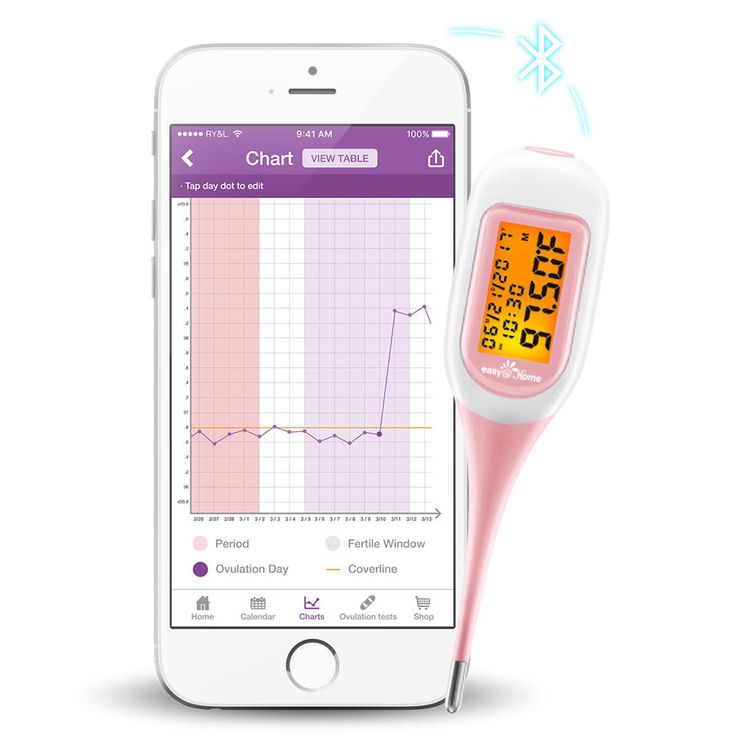 You should do this for at least six months to get good data.
You should do this for at least six months to get good data.
You ovulate about 12 to 14 days before the start of a new menstrual cycle. Your fertile window is the five days leading up to ovulation, plus the day of ovulation and the day after ovulation — so about seven days in total.
It’s important to note that if you have irregular periods and the length of your menstrual cycle varies from month to month, the calendar method won’t be accurate for you.
Cervical mucus method
Hormone fluctuations during your menstrual cycle change the amount and consistency of your vaginal mucus. You need to feel and look at your vaginal mucus each day and record the results on a chart. You’re likely ovulating (and most fertile) when the mucus is heavy, wet and slippery. It will have the consistency of raw egg whites.
You should chart your vaginal mucus for at least one menstrual cycle. It may be difficult at first to know what to look for, so talk to your provider if you want to try this method.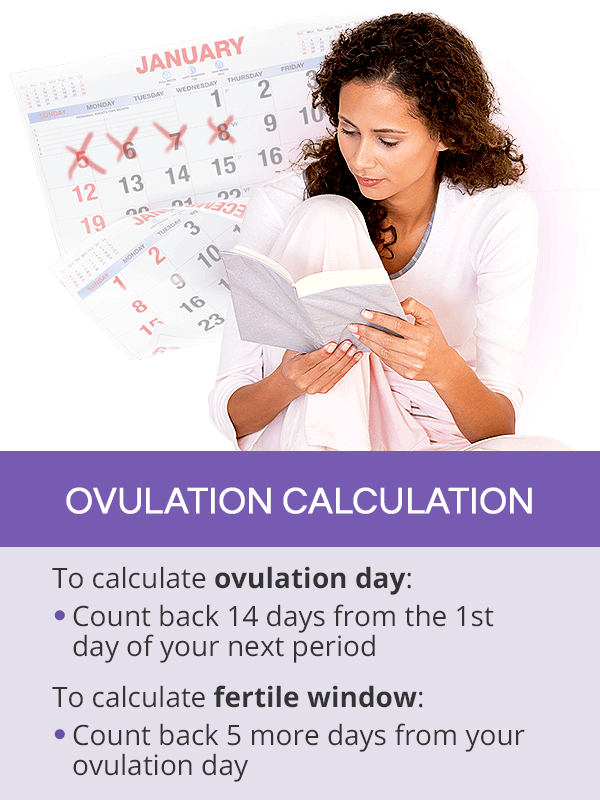 He or she can explain how to chart and describe the mucus each day.
He or she can explain how to chart and describe the mucus each day.
Ovulation predictor kits
Ovulation predictor kits are an at-home tool to help predict your ovulation. These tests may be helpful if you have regular periods, but still aren’t quite sure if you are seeing natural signs of ovulation (cervical mucus or a rise in basal body temperature). Ovulation predictor kits test your urine for levels of luteinizing hormone. When the ovulation predictor test becomes positive, ovulation will typically occur within 24 hours, indicating that you’re fertile and should have sex. These kits might not be reliable if you have irregular periods due to polycystic ovarian syndrome.
Basal body temperature method
Also called the temperature method, you take your temperature each morning as soon as you wake up (before you get out of bed). You use a basal body thermometer, which may go in your mouth or your rectum. A basal thermometer is more sensitive than a regular thermometer. It measures body temperature to a tenth of a degree.
It measures body temperature to a tenth of a degree.
A woman’s basal body temperature rises slightly during ovulation (increases by 0.5 degrees Fahrenheit). If you track your temperatures leading up to ovulation, you should see a sustained rise in your basal body temperature after ovulation.
To help you plan, write your body temperature down each day on a tracking sheet. You should track your temperature for at least three months before using this method for family planning.
However, it’s important to note that the basal body temperature method is not good at predicting your ovulation when trying to conceive. Once you identify the rise in your temperature, you’ve already ovulated. However, this method is a good tool to monitor your pattern of ovulation.
Should I have sex before, during or after ovulation?
For the best chances of pregnancy, you should have sex every day or every other day during the:
- Five days leading up to ovulation
- Day of ovulation
- Day after ovulation
There’s a lot of information (and misinformation) about methods for having sex that could increase your chances of getting pregnant.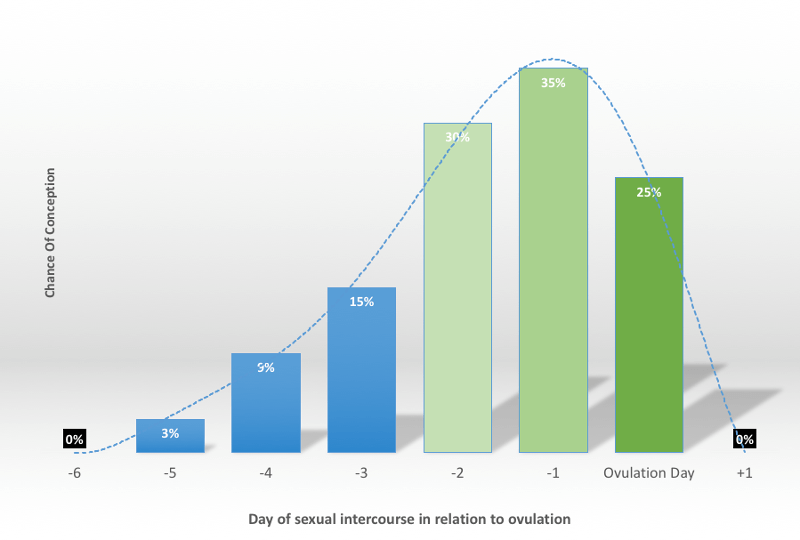 There’s no specific sex position that increases your odds of conceiving. Some lubricants may negatively affect sperm and prevent them from reaching the egg. Talk to your health care provider about which lubricants to avoid.
There’s no specific sex position that increases your odds of conceiving. Some lubricants may negatively affect sperm and prevent them from reaching the egg. Talk to your health care provider about which lubricants to avoid.
What if I have irregular periods?
If you have irregular periods, meaning that your periods are outside of the 21–35-day window or if your cycle intervals vary by more than seven days each month (30-day interval one month, 23 days the next month), you should speak with your Gyn/OB or a fertility specialist. This irregularity may be due to a hormone imbalance and could make it more challenging to get pregnant using natural family planning methods.
How else can I prepare for pregnancy?
In addition to tracking your ovulation to determine your fertile window, it’s important to schedule preconception counseling with your doctor. There are a variety of screenings and lifestyle modifications that can help increase your chances of a successful planned pregnancy.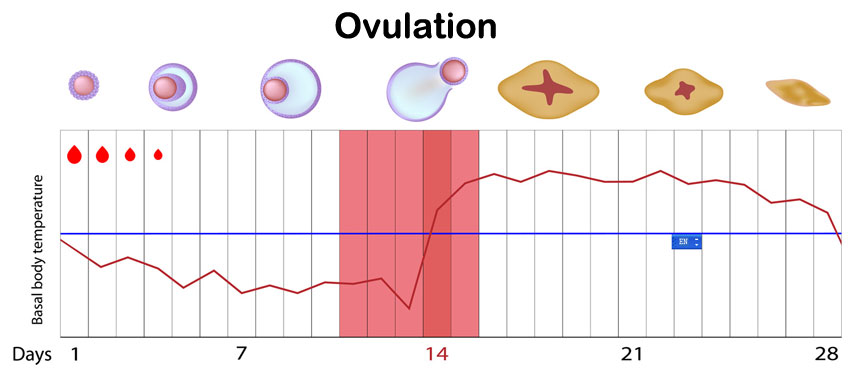
If you’re under 35 and have been trying to conceive for more than a year, or if you’re over 35 and have been trying for six months, it may be time to talk to your doctor about why you can’t get pregnant.
Right Time For Sex , When Do You Ovulate ?
When are you more likely to conceive?
We’re talking about the 'fertile window’ – the days in a woman’s menstrual cycle when pregnancy is possible. The ‘fertile window’ depends on the length of the menstrual cycle, which varies among women.
The ‘fertile window’ is the day an egg is released from the ovary (ovulation) and the five days beforehand. Having sex (intercourse) during this time gives you the best chance of getting pregnant.
Ovulation Calculator
What day did you your most recent period start?
Number of days in your cycle Please select20 Days21 Days22 Days23 Days24 Days25 Days26 Days27 Days28 Days29 Days30 Days31 Days32 Days33 Days34 Days35 Days36 Days37 Days38 Days39 Days40 Days41 Days42 Days43 Days44 Days45 Days
Your ovulation day
Most fertile time
-
What is an ovulation calculator and how does it help you get pregnant?
This ovulation calculator or ovulation calendar can help you work out your most fertile time.
 These are the days you are most likely to get pregnant.
These are the days you are most likely to get pregnant.It can also estimate your due date if you do become pregnant during your next fertile days.
Others ways to help you work out when you're ovulating:
- Notice changes in vaginal mucus
A few days before ovulation, you may notice your vaginal mucus becomes clear, slick and slippery, and feels a bit like egg white.
This is a sign that ovulation is about to happen. It’s the best time to have sex, as sperm travel more easily in this kind of mucus.
- Use an ovulation predictor kit
You can use a predictor kit from a supermarket or pharmacy, to test your urine for signs of ovulation. If you start testing your urine a few days before the day you next expect to ovulate, a positive result means you are going to ovulate within the next 24 to 36 hours (one to two days).
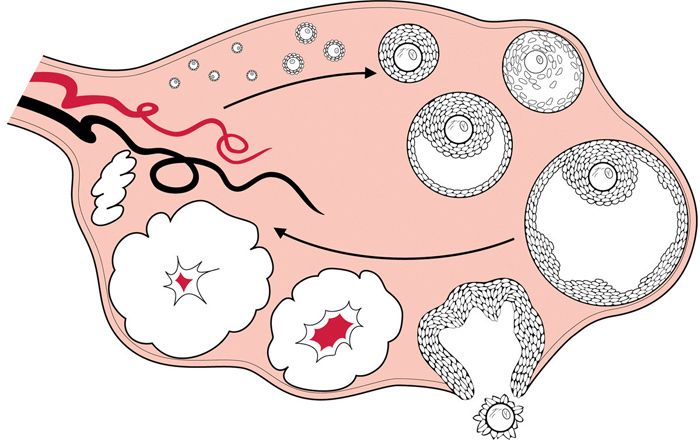
-
Facts about timing
Ovulation is when a mature egg is released from the ovary. The egg then moves down the fallopian tube where it can be fertilised. If sperm are in the fallopian tube when the egg is released, there is a good chance that the egg will be fertilised, creating an embryo, which can grow into a baby.
Pregnancy is technically only possible if you have sex during the five days before ovulation or on the day of ovulation. But the most fertile days are the three days leading up to and including ovulation. Having sex during this time gives you the best chance of getting pregnant.
By 12-24 hours after ovulation, a woman is no longer able to get pregnant during that menstrual cycle because the egg is no longer in the fallopian tube.
There’s almost no chance of getting pregnant if you have sex before or after the fertile window (but if you’re not trying to get pregnant, don’t rely on this – contraception is your best option!).
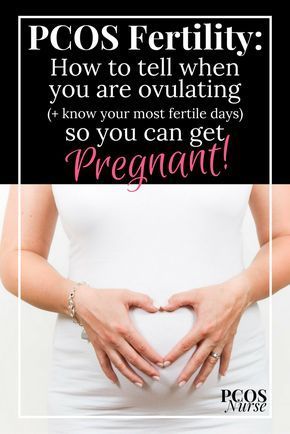
-
How to know when you’re ovulating
Knowing when you ovulate can help you plan for sex at the right time and improve your chance of getting pregnant. You can keep track of your menstrual cycles on a chart, in a diary, or on a free period-tracker app on your smartphone.
To work out the length of your menstrual cycle, record the first day you start bleeding (first day of your period). This is day 1. The last day of your cycle is the day before your next period begins.
- What is a ‘menstrual cycle’ and a ‘period’?
Some people think the ‘menstrual cycle’ and a ‘period’ are the same thing.
A period is when you bleed (or menstruate).

A menstrual cycle starts on the day when a period starts (day 1) and ends the day before the next period. A cycle’s length is considered normal if it’s between 21 and 35 days. They can vary between women and from one cycle to the next.
- Working out your ‘average’ menstrual cycle length
If your menstrual cycles are different lengths (most women’s cycles are) you can work out your average cycle length.
The number of days in a woman’s menstrual cycle can vary month to month. Periods are not always regular. It can be useful to work out an ‘average’ cycle length, based on the length of three menstrual cycles, to estimate when you’re most likely to be ovulating.
If you add the number of days in three cycles and divide the total number by three, it gives you your average cycle length.
Example
Sarah tracked her last three menstrual cycles by counting the time from the first day of one period, to the day before the next period.

Cycle 1 was 28 days; Cycle 2 was 32 days; Cycle 3 was 27 days
28 + 32 + 27 = 87
87 divided by 3 = 29
So the average length of Sarah’s menstrual cycles is 29 days.
- Working out your most fertile days
When you know your average menstrual cycle length, you can work out when you ovulate.
Ovulation happens about 14 days before your period starts.
- If your average menstrual cycle is 28 days, you ovulate around day 14, and your most fertile days are days 12, 13 and 14.
- If your average menstrual cycle is 35 days ovulation happens around day 21 and your most fertile days are days 19,20 and 21.
- If you have shorter cycles, say 21 days, ovulation happens around day 7 and your most fertile days are days 5, 6 and 7.
Your most fertile days are the three days leading up to and including the day of ovulation.

Some women have very irregular cycles or find it difficult to work out an average cycle length. This can make it hard to work out when ovulation happens. If it’s all too hard, having sex every 2-3 days covers all bases and improves your chance of getting pregnant.
Myth busting
- MYTH
A woman can get pregnant any time of the month.
- FACT
A woman can only get pregnant on a few days during her menstrual cycle.
Why?
Because eggs and sperm only live for a short time:
- Sperm live for around five days.
- Eggs can only be fertilised for around 24 hours (one day) after being released from the ovary.
Eggs and sperm need to come together at the right time for fertilisation to happen to create an embryo.
Getting the timing right
If you're trying to get pregnant, timing is everything. Dr Karin Hammarberg explains how to work out when you are ovulating and the right time to have sex to improve your chance of pregnancy.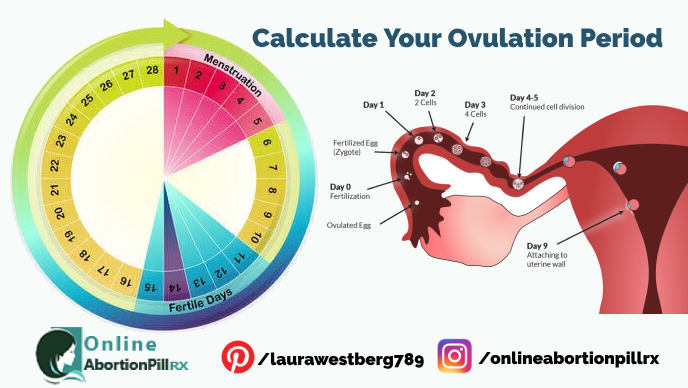
-
What are the chances?
Having sex as close as possible to the time of ovulation increases the chance of pregnancy.
If a woman has sex six or more days before she ovulates, the chance she will get pregnant is virtually zero.
If she has sex five days before she ovulates, her probability of pregnancy is about 10 percent.
If she has sex on the day of ovulation, or the two days before, the chance of getting pregnant is around 30 percent.
These are average figures and depend on a woman’s age.
When does preconception health begin?
Professor Sarah Robertson, Director of Robinson Research Institute, University of Adelaide, highlights the key time before pregnancy that your health is most important to ensure your child has the best start to life.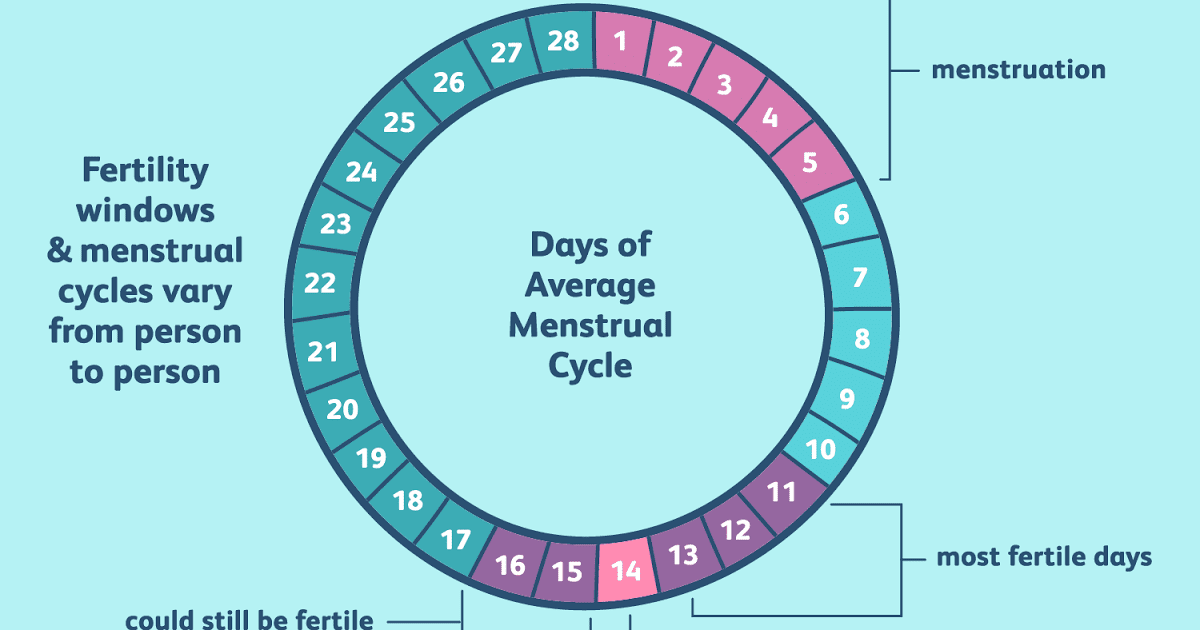
How to know you are ovulating
Kerry Hampton, a registered nurse and fertility specialist, discusses the importance of fertility awareness, and how to determine your fertile window to improve your chances of conceiving.
- References
- American Society for Reproductive Medicine, Optimizing natural fertility, https://www.reproductivefacts.org/news-and-publications/patient-fact-sheets-and-booklets/documents/fact-sheets-and-info-booklets/optimizing-natural-fertility/
- Berglund Scherwitzl, et al. (2015). Identification and prediction of the fertile window using Natural Cycles. The European Journal of Contraception and Reproductive Health Care, 20(5), 403-408. doi:10.3109/13625187.2014.988210
- Ecochard, R., et al. (2015). Self-identification of the clinical fertile window and the ovulation period.
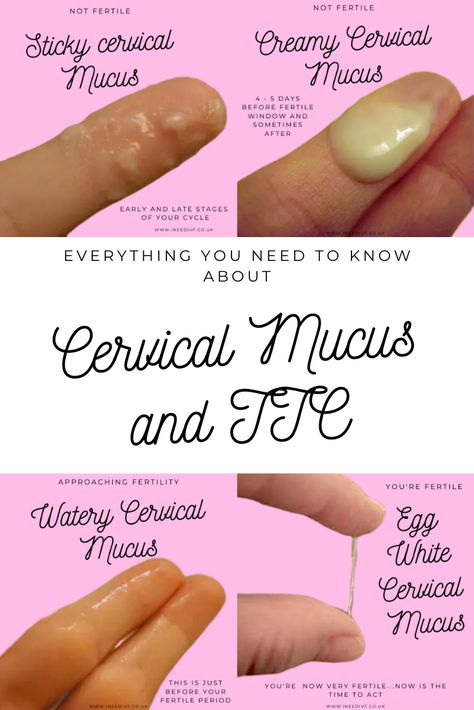 Fertility and Sterility, 103(5), 1319-1325.e1313. doi: http://dx.doi.org/10.1016/j.fertnstert.2015.01.031
Fertility and Sterility, 103(5), 1319-1325.e1313. doi: http://dx.doi.org/10.1016/j.fertnstert.2015.01.031 - Pfeifer, S., et al. (2017). Optimizing natural fertility: a committee opinion. Fertility and Sterility, 107(1), 52-58. doi: 10.1016/j.fertnstert.2016.09.029
- Stanford, J. B. (2015). Revisiting the fertile window. Fertility and Sterility, 103(5), 1152-1153. doi: http://dx.doi.org/10.1016/j.fertnstert.2015.02.015
- Stanford, et al. (2002). Timing intercourse to achieve pregnancy: current evidence. Obstetrics and Gynecology, 100(6), 1333-1341.
- Stephenson, J., et al. (2018). Before the beginning: nutrition and lifestyle in the preconception period and its importance for future health. The Lancet, 10.1016/S0140-6736(18)30311-8 doi: 10.1016/S0140-6736(18)30311-8
- Vélez, M. Pet al. (2015). Female exposure to phenols and phthalates and time to pregnancy: the Maternal-Infant Research on Environmental Chemicals (MIREC) Study. Fertility and Sterility.
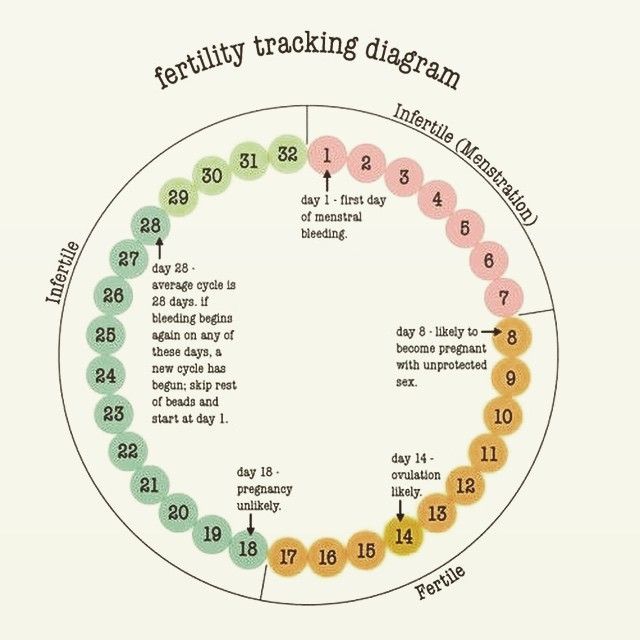 doi: 10.1016/j.fertnstert.2015.01.005
doi: 10.1016/j.fertnstert.2015.01.005 - Verón, G. L., et al. (2018). Impact of age, clinical conditions, and lifestyle on routine semen parameters and sperm kinematics. Fertility and Sterility, 110(1), 68-75.e64. https://doi.org/10.1016/j.fertnstert.2018.03.016
- Waylen, A. Let al. (2009). Effects of cigarette smoking upon clinical outcomes of assisted reproduction: a meta-analysis. Hum Reprod Update, 15(1), 31-44.
- Zenzes, M. T. (2000). Smoking and reproduction: gene damage to human gametes and embryos. Hum Reprod Update, 6(2), 122-131.
Page created on: 28/08/2018 | Last updated: 01/11/2022
How to recognize fertile days and ovulation?
In Brief Determining fertile days allows a woman to consciously plan her pregnancy and increase her chances of getting pregnant. There are several ways to determine fertile days. They differ in both accuracy and method.
How to recognize fertile or fertile days?
The beginning of a woman's menstrual cycle is considered the first day of menstruation (bleeding) and the day before the next menstruation (until the next bleeding).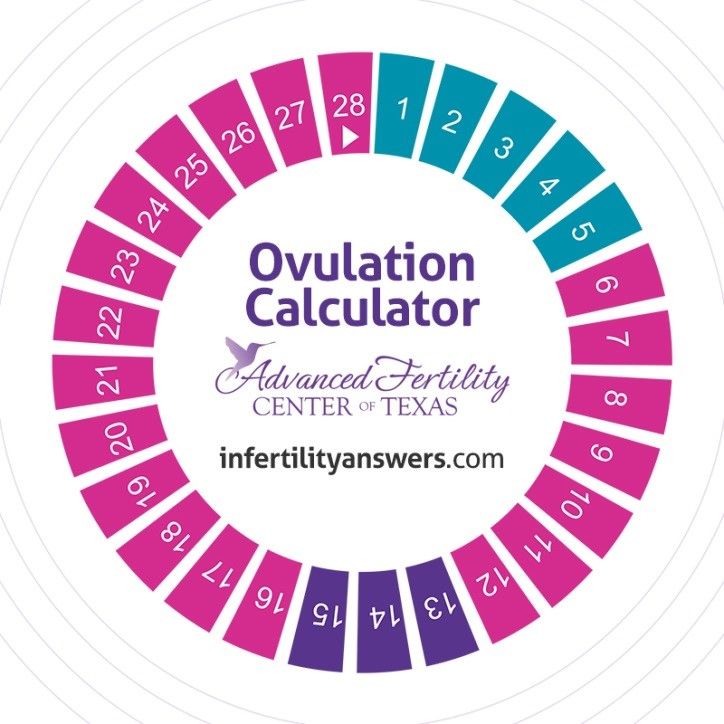 One menstrual cycle has an average of 5 to 7 fertile days. The number of these days is related to both ovulation and the length of time that sperm cells survive in a woman's body.
One menstrual cycle has an average of 5 to 7 fertile days. The number of these days is related to both ovulation and the length of time that sperm cells survive in a woman's body.
Ovulation lasts about 24 hours and occurs 14 days before menstruation, but spermatozoa can survive in a woman's genitals for 5-7 days, waiting for their chance to fertilize an egg. Thus, sexual intercourse a few days before ovulation can lead to pregnancy. Often women wonder which method to choose to determine the day of ovulation? Are basal temperature measurements enough to determine ovulation? How many days is vaginal mucus favorable for sperm activity? How does vaginal mucus change after ovulation? When to start ovulation monitoring? How to make a calendar favorable for conception? Should I use ovulation tests? What body signals can indicate ovulation? We will try to answer these questions below.
Do you have any questions? Contact us!
Ovulation monitoring
The most accurate monitoring of the menstrual cycle is carried out by a gynecologist using ultrasound.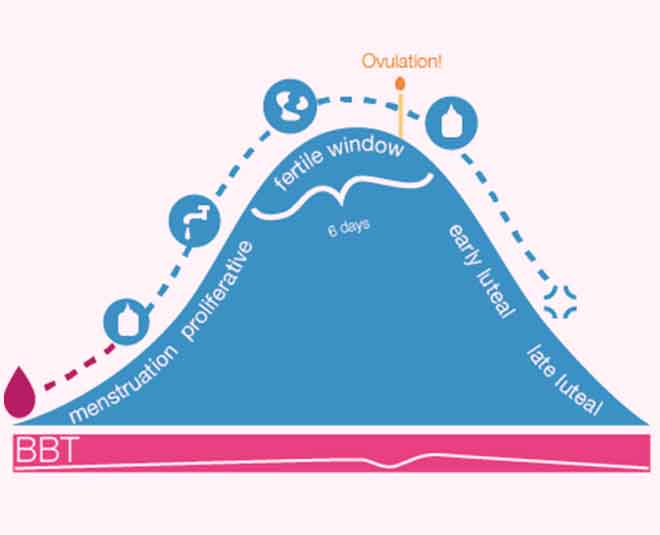 This is a painless examination carried out on certain days. Usually, 3-4 ultrasound examinations are performed during one cycle. Its purpose is to determine the course of the menstrual cycle, the growth of follicles, as well as their quantity, quality, rupture, while simultaneously monitoring the state of the endometrium. Ultrasound examinations allow you to accurately determine the day of ovulation and, thus, fertile days.
This is a painless examination carried out on certain days. Usually, 3-4 ultrasound examinations are performed during one cycle. Its purpose is to determine the course of the menstrual cycle, the growth of follicles, as well as their quantity, quality, rupture, while simultaneously monitoring the state of the endometrium. Ultrasound examinations allow you to accurately determine the day of ovulation and, thus, fertile days.
The first examination is usually carried out by a doctor on the fifth day of the cycle, after which the following are observed:
- follicle growth,
- endometrial thickness,
- cervical mucus quality.
After the day of ovulation, the doctor checks whether ovulation has actually taken place. This is evidenced by “traces” of follicle rupture or the presence of a corpus luteum in the ovary. Ovulation monitoring also makes it possible to identify possible causes, difficulties in pregnancy. An accurate diagnosis of ovulation monitoring is provided by the Fertility Clinic.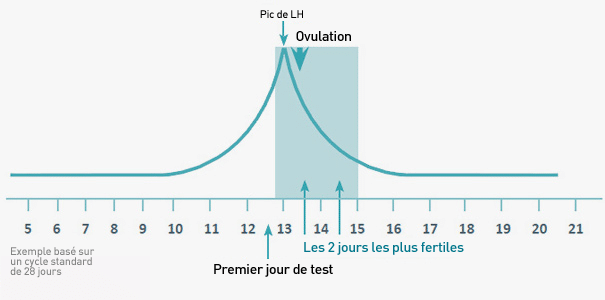
Fertile days calendar
In turn, the easiest way to determine the date of ovulation is a method based on the calculation of the average length of the menstrual cycle based on the length of the cycle for several months. Based on this, you can roughly determine the date of the next menstruation. To calculate the day of ovulation, subtract 12 from the length of the menstrual cycle, and then 4 days.
For example, in the case of a 28-day cycle, it looks like this: 28-12 = 16, and in the next step 16-4 = 12. This means that ovulation can occur between 12 and 16 days of the cycle. The method is simple, but unfortunately there is a very high error rate.
A woman's menstrual cycle is variable and influenced by many factors, such as:
- Diet
- Stress
- Colds
- Climate
This method does not work for irregular cycles.
How many days is mucus favorable for conception?
Expected ovulation can also be determined by monitoring vaginal mucus. Often women ask how many days mucus favorable for conception can be observed. It is worth remembering that this is due to fertile days of about 5-7 days. On fertile days, the mucus is clear, slippery, sticky, and elastic, reminiscent of fresh egg white. Such mucus has a favorable pH for spermatozoa and facilitates their survival and movement. After ovulation, the amount of vaginal mucus decreases, it turns white, thickens and loses viscosity. This is how it stays until menstruation. Immediately after menstruation, the secretion of mucus is reduced until the secretion of mucus favorable for conception begins. The mucus monitoring method does not confirm ovulation, it is only a sign that ovulation is approaching. Also, be aware that some medications can interfere with mucus production, so this will not indicate ovulation is near.
Often women ask how many days mucus favorable for conception can be observed. It is worth remembering that this is due to fertile days of about 5-7 days. On fertile days, the mucus is clear, slippery, sticky, and elastic, reminiscent of fresh egg white. Such mucus has a favorable pH for spermatozoa and facilitates their survival and movement. After ovulation, the amount of vaginal mucus decreases, it turns white, thickens and loses viscosity. This is how it stays until menstruation. Immediately after menstruation, the secretion of mucus is reduced until the secretion of mucus favorable for conception begins. The mucus monitoring method does not confirm ovulation, it is only a sign that ovulation is approaching. Also, be aware that some medications can interfere with mucus production, so this will not indicate ovulation is near.
Temperature increase after ovulation
Changes in body temperature can also be used to determine ovulation. After ovulation, a corpus luteum forms in the ovary, which secretes progesterone, and this, in turn, causes an increase in temperature by about 0. 2 - 0.6 degrees Celsius. The temperature rises about 24 hours after the egg is released from the ovary, so measuring it can only serve to confirm ovulation, and this information can be used to determine the optimal time for conception in the next cycle. With regular menstruation, if the temperature rises, for example, systematically on the 16th day of the cycle, then ovulation occurs 1-2 days earlier, i.e. fertile days fall on the 13th, 14th and 15th days of the cycle.
2 - 0.6 degrees Celsius. The temperature rises about 24 hours after the egg is released from the ovary, so measuring it can only serve to confirm ovulation, and this information can be used to determine the optimal time for conception in the next cycle. With regular menstruation, if the temperature rises, for example, systematically on the 16th day of the cycle, then ovulation occurs 1-2 days earlier, i.e. fertile days fall on the 13th, 14th and 15th days of the cycle.
However, in order for measurements of ovulation temperature to be reliable, it is necessary:
- do this every morning
- at a certain time, immediately after waking up
- take the temperature in the vagina or in the mouth.
With this method, a very high percentage of error is possible, since many other factors related to general health can influence the temperature increase without hormonal fluctuations.
Ovulation Tests
Available ovulation tests detect increases in luteinizing hormone levels.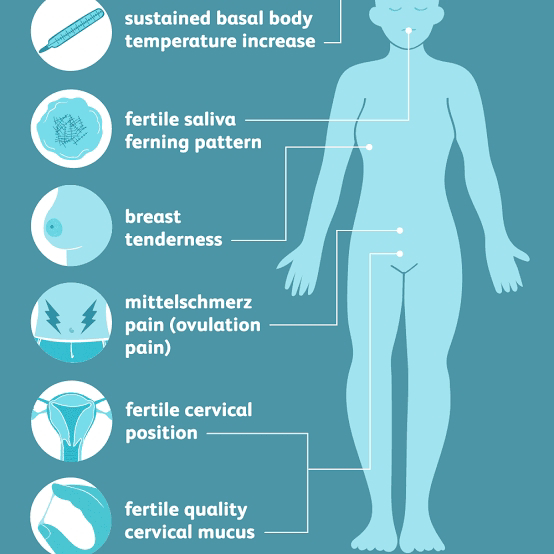 This hormone ensures the rupture of the walls of the follicle and the release of the egg. For regular cycles, such as 28-30 day cycles, tests should be performed around day 10-11 of the menstrual cycle. They are carried out in a similar way to a pregnancy test with morning urine. A positive test means that you will ovulate in about 24-36 hours.
This hormone ensures the rupture of the walls of the follicle and the release of the egg. For regular cycles, such as 28-30 day cycles, tests should be performed around day 10-11 of the menstrual cycle. They are carried out in a similar way to a pregnancy test with morning urine. A positive test means that you will ovulate in about 24-36 hours.
How to recognize ovulation? - blood tests
When assessing the course of ovulation, a progesterone test is also used, which is carried out on the basis of a blood test. This test allows you to confirm the presence of ovulation in the corresponding cycle. With a 28-day cycle, it is carried out on the 21st day. If menstruation is irregular, the examination should be carried out 7-8 days after a positive ovulation test.
Body Signals
Many women experience no symptoms during their fertile days, but some experience improved mood and increased libido. Ovulation can also be accompanied by pain, which is experienced by about half of women. Characteristic of this is pain in the lower abdomen and burning in one of the ovaries. In the middle of the cycle, breast tenderness and soiling may be observed. Skillful recognition of body signals will help determine the best date for a chance to get pregnant.
When is a woman most fertile?
If you are a woman taking precautions to prevent pregnancy, or if you are thinking about pregnancy in some way in the future, the issue of fertility usually remains in the background.
The question of when a woman is most fertile has two aspects.
First, is the menstrual monthly cycle and the period when a woman is most fertile.
To figure out the arithmetic, a fertility calendar or an ovulation calculator will help. The second aspect of the question concerns biological age and the stage of life at which women are most fertile. In our article, we will look at the monthly cycle, the days that are the most fertile during this cycle, and various means of monitoring and predicting ovulation.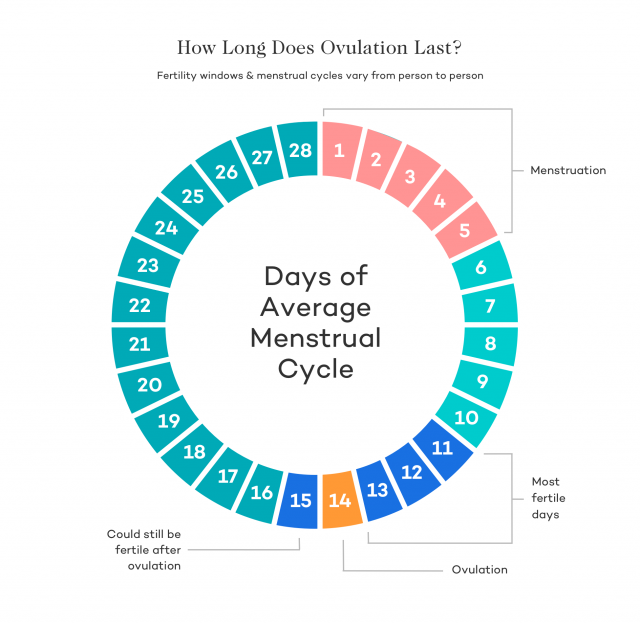 This makes it possible to predict the time of maximum fertility with some accuracy.
This makes it possible to predict the time of maximum fertility with some accuracy.
Second, , we look at the stages of fertility at various times in a woman's life and their impact on her ability to conceive.
It is well known that fertility peaks at age 20 and begins to decline after age 30; after 35 years, natural conception rates begin to drop sharply. However, in today's society, many women, for understandable financial and social reasons, choose to delay childbearing until the age of thirty. Thus, we are faced with the paradoxical situation where many women, who have long sought to prevent pregnancy in their younger years, find themselves in a situation where they begin to look for ways to increase their chances of conceiving.
When is a woman most fertile? What does the menstrual cycle show?
In a woman, the ability to conceive is maximum a day or two before and after ovulation. This is when the egg is released from the ovaries. You can calculate with a reasonable degree of accuracy when ovulation will occur, especially if your cycle is regular, anywhere between 24 and 35 days. Consider the start of your period (bright spotting) as the first day of your cycle, and the day before the next as the end of your cycle. Ovulation usually occurs 12-16 days before the start of the next cycle. Thus, if you have a regular 28-day cycle, then the indicator remains the same: ovulation occurs on the 12th-16th day. However, fertile time is not limited to these few days. Remember that you can get pregnant if you have unprotected sex at any time during the week before ovulation, as sperm can live in a woman's genital tract for up to seven days.
You can calculate with a reasonable degree of accuracy when ovulation will occur, especially if your cycle is regular, anywhere between 24 and 35 days. Consider the start of your period (bright spotting) as the first day of your cycle, and the day before the next as the end of your cycle. Ovulation usually occurs 12-16 days before the start of the next cycle. Thus, if you have a regular 28-day cycle, then the indicator remains the same: ovulation occurs on the 12th-16th day. However, fertile time is not limited to these few days. Remember that you can get pregnant if you have unprotected sex at any time during the week before ovulation, as sperm can live in a woman's genital tract for up to seven days.
Fertility specialists generally advise that if you are hoping to get pregnant, it is advisable to specifically schedule contacts around this time, as it can be difficult to calculate the exact day of ovulation, and trying to have sex on a schedule can cause unnecessary stress and anxiety.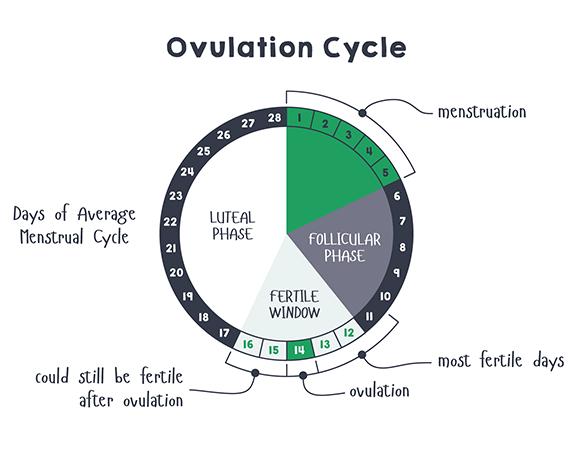 For the best chance of getting pregnant as long as there are no underlying fertility problems, it is recommended to have intercourse every 2-3 days during your cycle. In addition, fertility calendars, an ovulation test, and self-monitoring for signs of ovulation can help predict the ideal time to conceive.
For the best chance of getting pregnant as long as there are no underlying fertility problems, it is recommended to have intercourse every 2-3 days during your cycle. In addition, fertility calendars, an ovulation test, and self-monitoring for signs of ovulation can help predict the ideal time to conceive.
Menstrual calendar
It could be an old-fashioned pen and paper, a spreadsheet, or one of the many online calendars available. They are also known as ovulation calendars or ovulation calculators. They all do the same thing: keep track of your menstrual cycle dates and use the 12-16 day calculation outlined above to determine the days on which you are most likely to conceive.
Ovulation Tests
These are test kits that measure the level of luteinizing hormone (LH) in your urine. The essence of the measurement is to capture the surge in LH levels that occurs during your cycle a couple of days before ovulation. There are also tests that measure the same hormone pulsation but use a saliva sample.